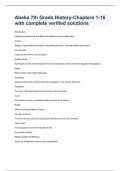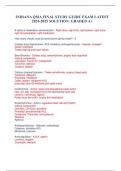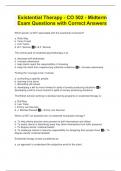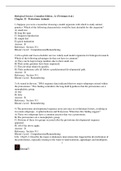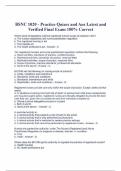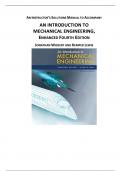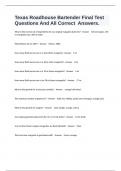T7 RNA polymerase is a DNA dependant polymerase and can catalyze RNA synthesis in the
5′→3′ direction with the help of a promoter sequence. It can be used to produce proteins
efficiently in vitro transcription followed by in vitro translation processes. This study aimed
to express and purify T7 RNA polymerase and use it to produce the protein of interest
through in vitro assays. The T7 RNA polymerase was expressed by using BL21 cells induced
with IPTG. The T7 RNA polymerase was isolated by Ni NTA affinity chromatography. After
obtaining the T7 RNA polymerase, its purity was checked using SDS PAGE and Bradford
assays. The RNA polymerase was found to be pure and the obtained concentration was
consistent with the Bradford assays performed. At the same time plasmid that encodes for
luciferase was obtained by using DH5α cells. The plasmid DNA was linearized by the
digestion with Xbal. The linearized plasmid along with the purified T7 RNA polymerase was
used in in-vitro transcription to generate luciferase mRNA. The T7 RNA polymerase
obtained was found to be pure and effective as the mRNA transcript was produced
efficiently. There was some deviation from the results expected. As the in vitro translation
did not yield the luciferase protein. The Green fluorescence indicating the successful in vitro
translation was not observed in the experimental and negative control samples. However, the
positive control gave fluorescence. The reasons for this result were investigated along with
the possible solutions.
, Introduction
In vitro construction of biological systems can help in understanding many processes in
biology. In vitro translation and transcription can mimic living cells and synthesize proteins
from mRNA or DNA in test tubes. ( Fujiwara,2017). The in vitro transcription systems are
used to detect and study molecular mechanisms of transcription. In in vitro systems, the
reaction environment can be controlled directly as there is no cell barrier. For this process
DNA dependant, RNA polymerase such as T7 RNA polymerase is required along with a
number of transcription factors. In vitro transcription can help in understanding the complex
regulatory steps involved in transcription. A linear DNA fragment of DNA having a promoter
region is required as a template for this process. This linear DNA fragment can be generated
by linearizing a plasmid or by PCR . ( Yang & Ma, 2016). The T7 RNA polymerase is DNA
dependant RNA polymerases consisting of only one subunit. It is a 99 kDa RNA polymerase
derived from T7 bacteriophage. The T7 RNA polymerase efficiently transcribes the genes
bearing the T7 promoter. This polymerase is similar to RNA polymerase found in chloroplast
and mitochondria, DNA-directed DNA polymerases, and reverse transcriptases .T7 RNA
polymerase is highly specific and transcribes products with high incorporation fidelity. It is
able to transcribe a gene completely without using any additional proteins. (Borkotoky &
Murali, 2018).
T7 RNA polymerase can synthesize RNA from double as well as single-stranded RNA in the
presence of a double-stranded DNA promoter sequence. Also, T7 RNA polymerase can also
produce RNA without the promoter DNA.( Gholamalipour,2018). The RNA polymerases can
be purified by the affinity chromatography technique. Affinity chromatography is a liquid
chromatographic system used for the purification, separation, and analysis of samples.
Affinity chromatography acts by binding protein to a ligand in a matrix. In the affinity
chromatography technique, the stationary phase is made of a support medium where the

